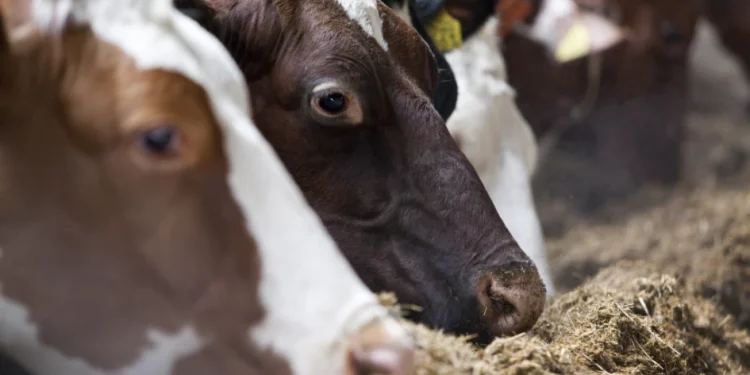Kenya needs effective trade within the country and across borders for the growing demand for animal feed to be affordable at reasonable prices.
- According to the Competition Authority of Kenya (CAK), Kenyan animal feed prices have been much higher than they would be under effective competition.
- County governments impose Agriculture Produce cess, Market cess or Landing Fees, and other taxes such as cess charges for branded vehicles.
- In cases where there are no mutual recognition agreements between counties, manufacturers face double taxation.
“The cost of sourcing feed inputs and supplying various counties with the finished animal feed product is inequitable, significantly impacting the transportation and distribution expenses incurred by manufacturers,” CAK says in the Animal Feed Market Inquiry Report 2024.
“Issues such as double taxation, the lack of mutual recognition of agricultural produce fees, inconsistent units of measurement for imposed taxes, multiple distribution licenses required by different counties, and various vehicle branding fees in each county contribute to higher overall transportation and distribution cost.”
The prices of main feed categories increased significantly from mid-2021 to mid-2022, by 31% for poultry grower mash, 33% for broiler finisher pellets and 37% for poultry layer mash. Increases have, however, been much lower for dairy meal.
Agriculture produce cess is applied to commercially produced and or supplied agricultural inputs and products, while Market cess or landing fees are imposed on agricultural inputs and commodities for crops and livestock that are sourced from other counties and are landed in the given county for processing or sale, this includes animal feeds.
In some instances, some counties have agreements between their administrations for mutual recognition of cess payment and thus, some counties may waive additional charges for goods passing through their jurisdiction, upon evidence of cess payment in the county of origin.
Branded vehicles face additional cess charges when transiting from the county of origin to the destination county regardless of levies already paid at the county of origin.
“It is worth noting that there is no standard unit of measurement used in the imposition of agriculture produce cess and levies as some counties may charge based on vehicle tonnage, package sizes, per consignment, and type of vehicle. In essence, the varied units of measure in the taxes imposed contravene the principles of equitability and neutrality in taxation,” says the competition watchdog.




